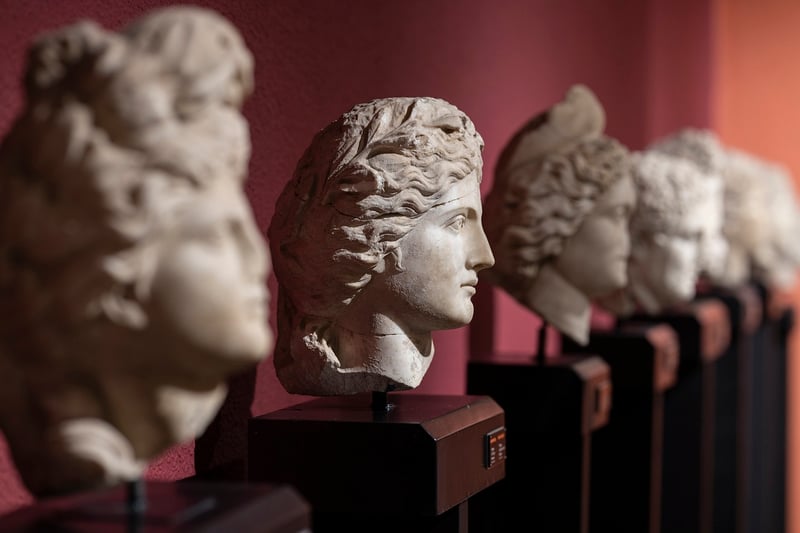Historical Etiquette
Guidance for Time Travelers: Navigating Historical Etiquette
Time travel is a fascinating concept that has captured the imagination of many throughout history. Whether you find yourself in the grand courts of Versailles or amidst the bustling streets of ancient Rome, understanding and adapting to the historical etiquette of the era is crucial to your survival and success as a time traveler.
Etiquette Essentials for Time Travelers:
- Dress the Part: Blend in with the locals by wearing appropriate attire for the time period. Avoid modern clothing that may attract unwanted attention.
- Master the Language: Learn key phrases and language nuances of the era to communicate effectively with the locals and avoid misunderstandings.
- Respect Social Hierarchies: Be mindful of social classes and hierarchies prevalent in the historical period. Show respect to nobility and authorities to avoid conflict.
- Practice Good Manners: Politeness and courtesy transcend time. Remember to use proper greetings, table manners, and gestures suitable for the era.
- Be Observant: Pay attention to cultural norms, customs, and traditions to avoid cultural faux pas that could jeopardize your mission.
Historical Etiquette Guides:
For a more in-depth understanding of historical etiquette, consider consulting reputable guides and resources specific to the era you are visiting. These guides can provide valuable insights into the customs, manners, and protocols of the time.
Recommended Resources:
- Medieval Etiquette Guide: How to Behave in the Middle Ages
- Etiquette and Behaviour in Tudor England
- Victorian Etiquette: Rules of Etiquette & Home Culture
Remember, Time Travelers:
Embarking on a journey through time is a thrilling adventure, but it comes with its own set of challenges. By familiarizing yourself with historical etiquette and customs, you can enhance your time-traveling experience and immerse yourself fully in the rich tapestry of history.

